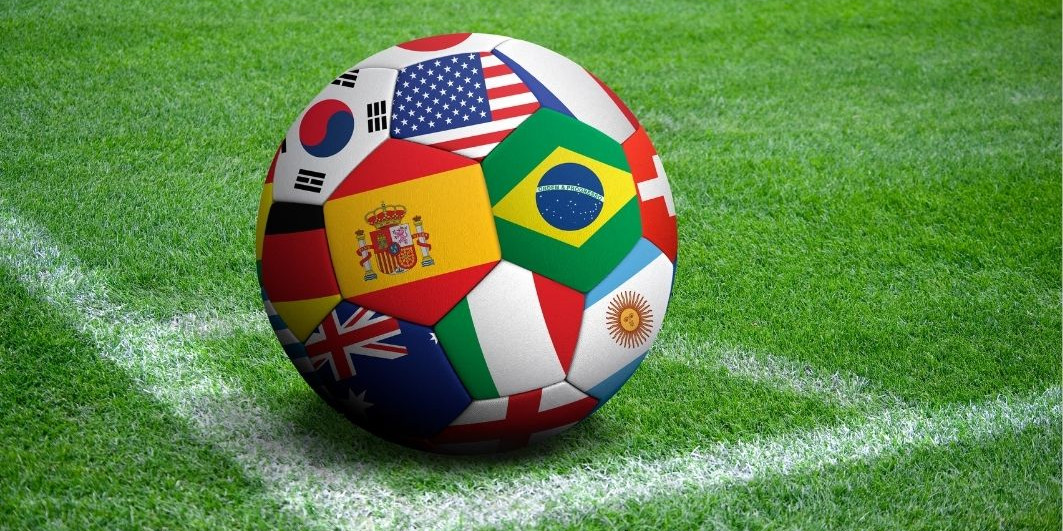Soccer known as football outside of North America is not just a sport. It’s a global phenomenon that transcends language, borders, and cultural divides. From packed stadiums in Europe to grassroots pitches in Africa, soccer has evolved into the world’s most influential sport. But how did it get here? The rise of the global game is a story of simplicity, accessibility, and unparalleled cultural impact.
1. Simplicity Made It Universal
One of the core reasons for soccer’s dominance is its simplicity. All you need is a ball and a bit of space. This accessibility made the sport attractive to communities across socio-economic classes worldwide. No expensive equipment. No complex rules to start. Just pure, raw play anytime, anywhere.
2. Global Events Like the FIFA World Cup
No sporting event matches the reach and cultural magnitude of the FIFA World Cup. With billions of viewers tuning in every four years, the tournament showcases international unity, national pride, and unforgettable moments. These massive events amplify the sport’s global relevance and visibility like no other.
3. Club Football and Global Fanbases
Elite clubs like Real Madrid, Manchester United, and FC Barcelona have cultivated global audiences far beyond their local borders. Through global broadcasting rights, international tours, and digital content, these clubs have turned local teams into international brands. This has fueled soccer’s influence in regions previously unfamiliar with the sport.
4. Political, Social, and Economic Power
Soccer is more than entertainment. It’s often used as a tool for diplomacy, national branding, and social commentary. Whether it’s players speaking out on political issues or governments leveraging teams for soft power, soccer’s platform extends far beyond the pitch.

5. The Rise of Digital and Social Media
Modern technology has accelerated soccer’s rise, making it easier than ever for fans to engage. From TikTok highlight reels to live tweets during matches, the digital age has transformed passive fans into active participants in a 24/7 soccer culture. Clubs, players, and leagues now have direct relationships with fans, increasing loyalty and global reach.
6. Growing Influence in the U.S.
Traditionally considered secondary to sports like American football and baseball, soccer has seen an exponential rise in the U.S. The success of Major League Soccer (MLS), increased youth participation, and strong performances from U.S. teams in global competitions have solidified soccer’s place in the American sports hierarchy.
7. Soccer as a Unifier
Few things bring people together like a dramatic World Cup final or a last-minute goal in a local derby. Soccer speaks a universal language. Its power to unify communities—whether during celebrations or crises cements its status as more than just a game.
Final Thoughts: Soccer’s Cultural Reign Isn’t Ending Anytime Soon
Soccer’s influence shows no signs of slowing. As emerging markets invest in infrastructure, women’s soccer gains deserved attention, and digital platforms unlock new audiences, the sport is poised to deepen its global footprint.
For anyone looking to understand culture, politics, or global economics through the lens of sport, look no further than soccer the world’s game.




